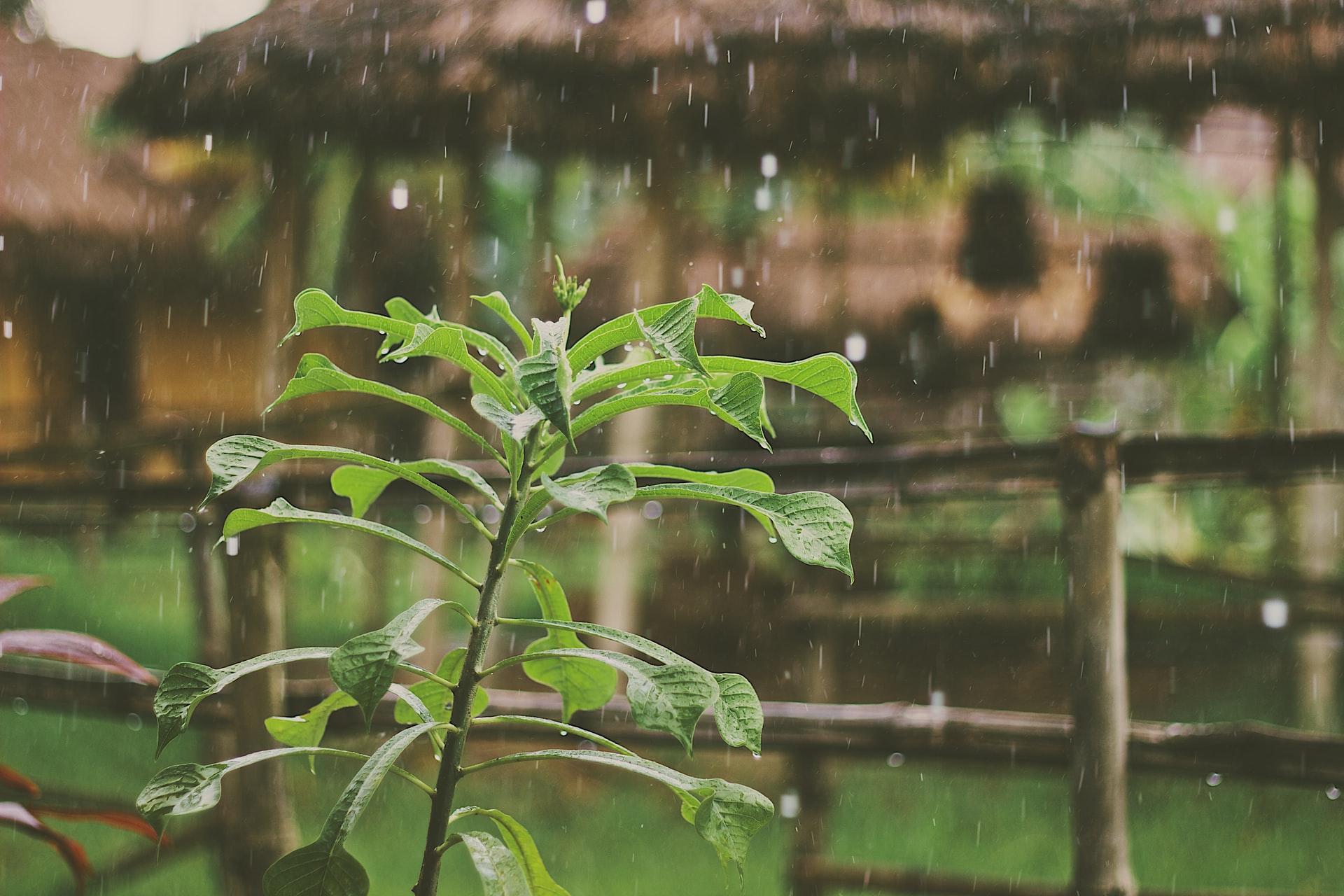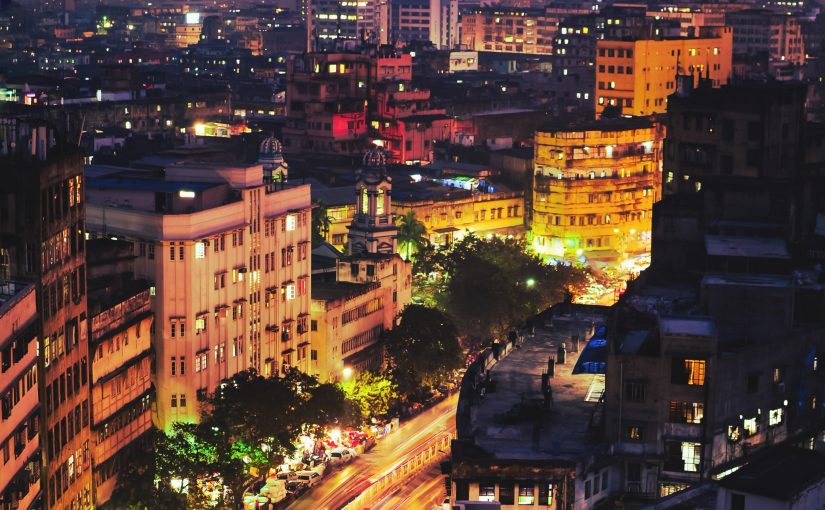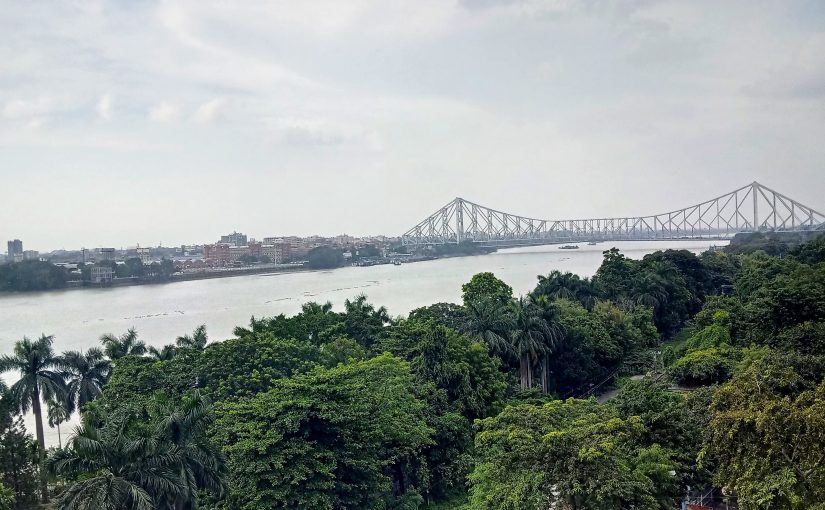By
|
Getting your Trinity Audio player ready...
|
Over the last few years, we have seen a significant decline in the supply of water available to us. Water shortages have increased all over the world, which is why measures need to be put in place to help reduce the high rate of water loss. Rainwater harvesting is a way of conserving water that can help combat the problem. If we do not take the right steps now, there is an imminent danger of severe water shortage in the future. In this blog post, we discuss the various rain water harvesting methods that you can implement based on the kind of home you live in.
Some statistics on Rain water harvesting
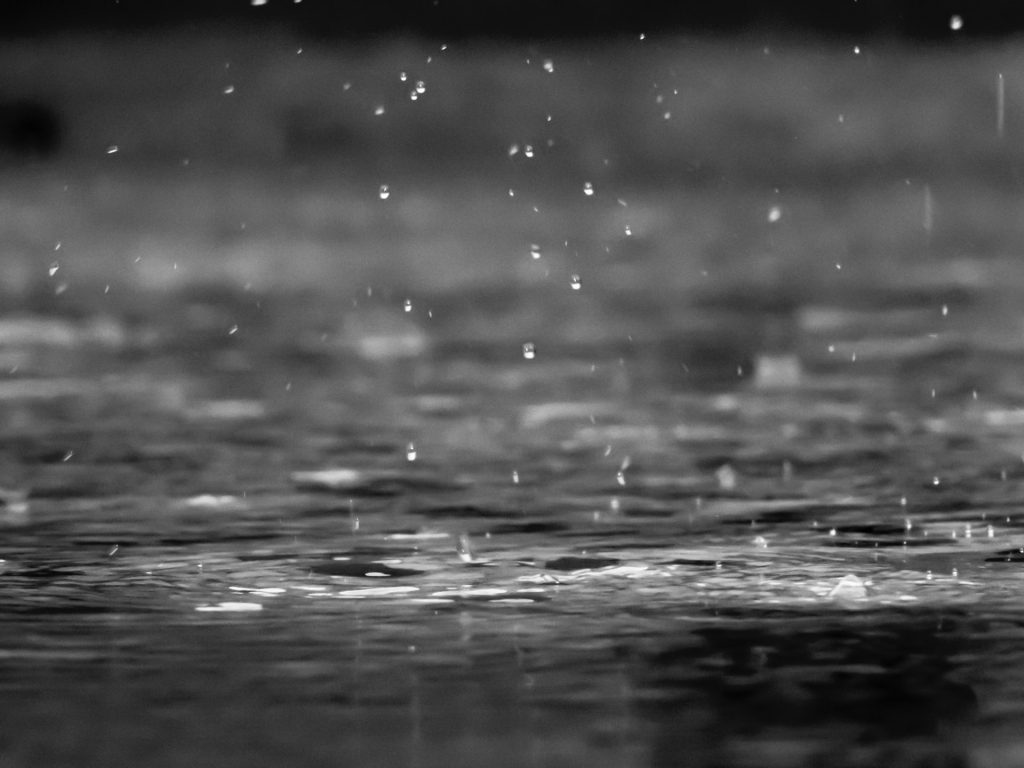
The water policy laid out by the Government of India puts a standard of 180 litres per capita for our domestic needs. In the current scenario, households in urban areas do not even receive 100 litres per day. The number of people battling acute water shortage is over 30 million spread over an area of 7 lakh sq km.
As per current estimates, by 2025, 1.8 billion people will be living countries or regions with absolute water scarcity.
This shortage can be combated by rain water harvesting. In India we receive over 400 million hectares of water. This water can be utilised to recharge the depleting amount of groundwater. Let us first understand what is rain water harvesting and then understand the different methods of rain water harvesting.
What is Rain Water Harvesting?
So what exactly is rain water harvesting? It is a technique or strategy for the collection of rain water and a way to store it in the right way for future use. There are many different rain water harvesting methods that use different kinds of surfaces and platforms. In rain water harvesting, the water can be collected from various surfaces and platforms and stored for future use. Usually the water is collected from rooftops and other hard surfaces. This method of rain water harvesting is considered a very reliable way of conserving water.
This is a very ancient technique that has been around for a great many years. Over the past years, this method has once again become quite popular. It is a great way to reduce the use of potable water and increase the use of rain water. By using rain water harvesting methods, we can utilise every single drop of water to recharge the groundwater by simply directing it to the well or under the ground. Many properties in Kolkata have some type of rain water harvesting system in place or have provisions to have it installed. Thus rainwater harvesting is easier than ever to put into practice.
Rain Water Harvesting Methods
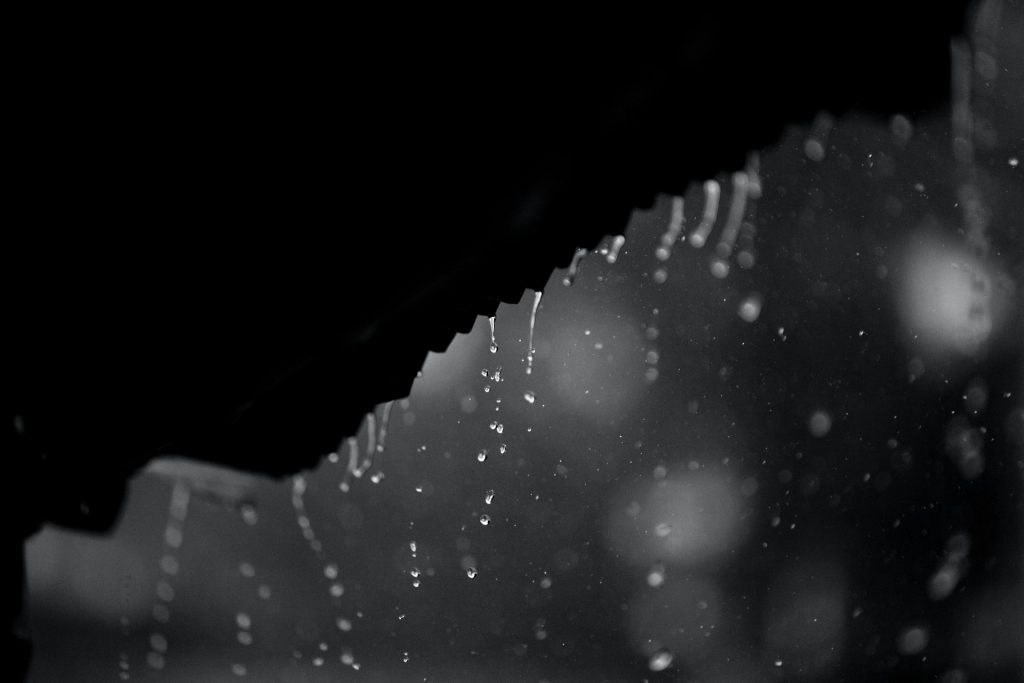
Now that we know what exactly is rainwater harvesting, here are 4 rainwater harvesting methods to help you do your part for the environment.
1. Rain Barrels
This is the easiest and cheapest method of rainwater harvesting, especially for homes. In this method, barrels or water tanks are installed below the downspouts of a rooftop guttering system. The water is then funneled or directed into the tanks. The tanks can connected to a pre existing plumbing system to provide backup water or it can be attached to a pipe for drip irrigation. Barrels or tanks are ideal for rain water harvesting methods because they can store significant amounts of water. Many upcoming residential projects in Kolkata have this kind of system installed.
2. Dry System
This is similar to the barrel system, but this method utilizes a larger storage container. This container is usually installed a few meters away from the property. The gutter is redesigned so that the water is diverted to a large storage tank. It is among the quickest and cheapest rainwater harvesting methods. It is extremely efficient.
3. Wet System
This method is different from other rainwater harvesting methods. It uses a completely different technique from the dry system. Here the collection pipes will always have water in them. This is because they are placed underground. In the wet system, many collection pipes are connected to the downspouts of a building and diverted to a large tank which is also placed underground. The pipes need to be extremely secure and well maintained to ensure there is no leakage into the soil.
4. Green Roof
Unlike other rainwater harvesting methods, this method of harvesting does not need the use of storage tanks. Instead of storing the water in a reservoir, the water is channeled straight to the garden. The process will require installing a drainage system on a building’s roof straight to the backyard. It is a very low maintenance method.
Rain water harvesting methods for the environment conscious
Our environment is in dire need of resources especially when it comes to renewable resources. These are vital for human life, let alone the existence of our planet. Rain water harvesting methods are a great way of doing our part for the betterment of Mother Nature. As we optimize our homes for a greener future, we also optimize our lives for the same.
Check out some sustainable yet eye-catching residential projects at 3 bhk flat in em bypass kolkata, new flat in beliaghata, and flat for sale in newtown.
FAQs
1. Rainwater can be used for irrigation
2. It can be used for non-drinking or non-potable use
3. It can be used to water your lawn and garden
4. You can use rainwater to wash your vehicle
5. Use it for all indoor non-potable fixtures (toilets and clothes washer)
6. Use it for all potable needs when properly filtered and disinfected
The different methods of rain water harvesting are;
1. Rain Barrels
2. Dry System
3. Wet System
4. Green Roof
1. Jiva – residential flats in Beliaghata main road, Kolkata
Jiva offers luxury homes in Kolkata that are particularly mindful of sustainable living. There are a number of measures and initiatives in place for rain water harvesting, groundwater recharge, and processes that recirculate condensed water from air conditioners treated through STP for reuse. This makes it especially environmentally friendly and perfect for those looking to buy eco homes.
2. One10 – flats in New Town
One10 has been designed keeping sustainability at the forefront, One10 was awarded a gold certification by the Indian Green Building Council (IGBC) in recognition of its sustainability efforts. From rainwater harvesting to solar power panels, and even a waste segregation system, every aspect of these 2 BHK flats in Kolkata offer greener living.
By the year 2025.
Leave a comment

